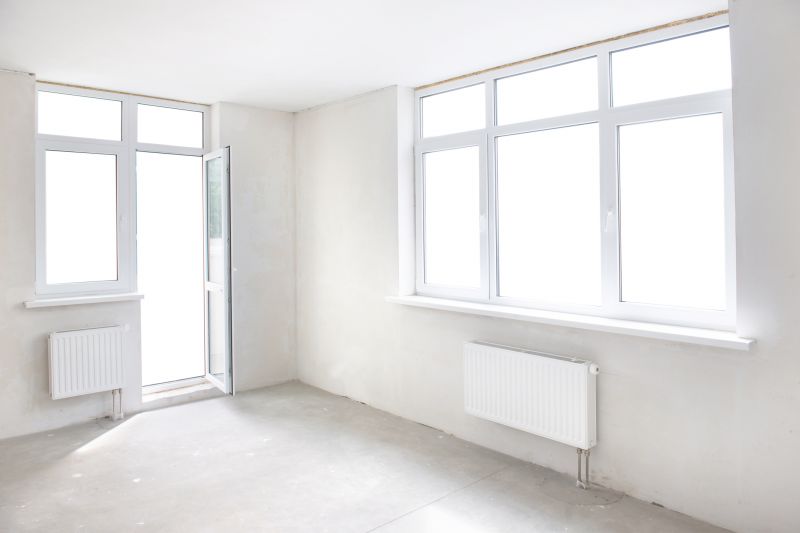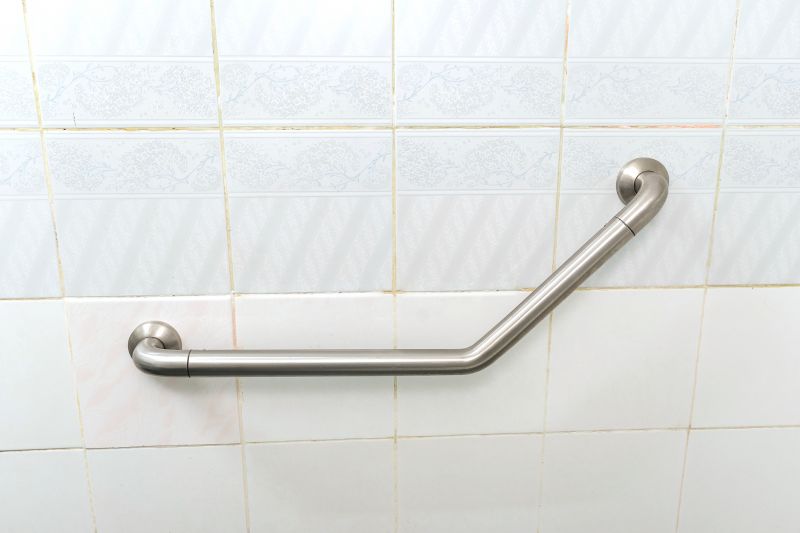Optimal Timing for Windows Installations

Scheduling Windows installations during planning phases allows for better resource allocation and reduced operational impact.

Performing installations during evenings or weekends minimizes interference with daily operations.

Utilizing designated maintenance periods ensures controlled environments and dedicated support.

Ways to make Windows Installations work in tight or awkward layouts.

Popular materials for Windows Installations and why they hold up over time.

Simple add-ons that improve Windows Installations without blowing the budget.

High-end options that actually feel worth it for Windows Installations.

Finishes and colors that play nicely with Windows Installations.
Timing is crucial for Windows installations to ensure compatibility, security, and performance. Installing during planned downtime reduces the risk of interruptions and allows for thorough testing. Data indicates that scheduling updates and installations during off-peak hours can decrease system downtime by up to 30%. Proper timing also helps in coordinating with other IT activities, ensuring a smoother deployment process.
Scheduling Windows installations during suitable periods can improve system stability and reduce user inconvenience.
Performing installations during busy hours can lead to extended downtime and increased troubleshooting.
Pre-installation backups and system checks are recommended before scheduling Windows updates or installations.
Using automated scheduling tools can help in executing installations during predefined optimal times.

Step-by-step procedures ensure smooth deployment and minimal downtime.

Management tools aid in automating and optimizing installation times.

Effective planning reduces impact on business operations.

Monitoring ensures updates are applied correctly and systems operate normally.

Little measurements that prevent headaches on Windows Installations day.

A 60-second routine that keeps Windows Installations looking new.

A frequent mistake in Windows Installations and how to dodge it.

Small tweaks to make Windows Installations safer and easier to use.
| Timing Aspect | Details |
|---|---|
| Off-Peak Hours | Evenings and weekends are ideal for minimizing operational disruption. |
| Scheduled Maintenance | Designated windows allow for comprehensive planning and execution. |
| Pre-Deployment Checks | Verifying hardware and software compatibility before installation. |
| User Notification | Informing users in advance reduces inconvenience and support issues. |
| Backup Procedures | Ensuring data is backed up prior to installation minimizes data loss risks. |
| Post-Install Testing | Verifying system functionality after installation ensures stability. |
| Automation Tools | Scheduling software helps execute installations at optimal times. |
| System Readiness | Assessing network and hardware readiness before planning deployment. |

Automated scheduling ensures timely updates without impacting productivity.

Pre-installation assessments prevent compatibility issues.

Effective communication reduces user inconvenience during updates.

Monitoring and troubleshooting after installation ensure stability.

Lower-waste or water-saving choices for Windows Installations.

The short, realistic tool list for quality Windows Installations.

Rough timing from prep to clean-up for Windows Installations.

Quick checks and paperwork to keep after Windows Installations.
Interested in scheduling Windows installations at the most suitable times? Filling out the contact form can help coordinate a plan that aligns with operational needs, ensuring a smooth and efficient deployment process tailored to specific requirements.





